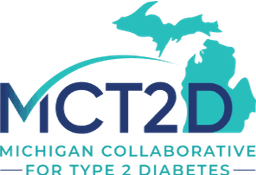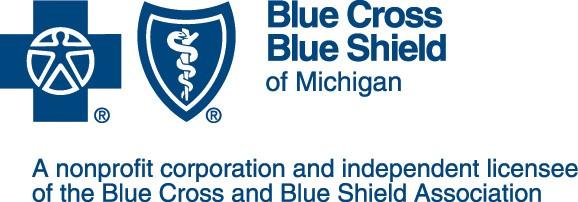NEWS & EVENTS
SPECIALTY CARE
On July 18, 2022, the Michigan Collaborative for Type 2 Diabetes held a live webinar with a panel of members who share expertise and leadership in their practices’ prior authorization processes. The goal of this session was to share tips and tricks, preferred software, workflows and key personnel, and answer each others' questions regarding prior authorization for SGLT2s and GLP-1s, CGMs, and more.
The discussion was structured as an open question and answer session with pre-submitted questions from MCT2D members as well as live discussion. Below is a condensed transcript of the Q&A session, along with top tools & tricks shared by the panelists.
Thank you to our fantastic panelists:
- Theresa Gallagher, RN, BSN, Care Manager - Great Lakes PO Bobby Dabicci, PharmD - Lakeland
- Tiffini Jones, RN, BSN, CDCES - GMP Network
- Renea Clark, Practice Coordinator/Quality Support Specialist - LPO, LLC
- Heather Keifer, MS, RD, CDCES - Holland
- Connie McDonald, RN, CCP, Care Manager from - St. Mary’s PHO
- And special guest: Kate Dorsey, of the Michigan State Medical Society, who provided an overview of Senate Bill 247, a new state law in Michigan that reforms the prior authorization process by reducing wait times and streamlining how physician offices and payers interact, all with a goal of reducing endless paperwork and ultimately improving access to care for patients.
SIX KEY TAKEAWAYS
- Build EMR note templates that prompt providers to include PA requirements as part of the patient’s chart. If you know you will need documentation of metformin trial or failure, prompt providers to include that status in a patient’s chart so the information is ready to go for a Prior Authorization.
- Try ePrescribing software like Parachute (for CGM and other durable medical equipment) and Cover My Meds. These tools can streamline PA process and allow care teams to track where they are in the approval process.
- Set expectations with patients with clear and coordinated communication. If you anticipate a lengthy PA process, let the patient know at the time of prescribing. An ePrescribing tool and communication protocol can insure that if and when a patient calls the office for an update, any member of the care team will be able to provide a timely update with clear expectations.
- If possible, avoid PAsby pointing towards the approved and preferred drug in each medication class. Use tools like the MCT2D Coverage reference guide and empower medical assistants and other members of the care team to know and suggest equivalent drugs in the same class that are preferred (vs. not covered) for each insurance type. From the beginning, try to connect patients with the best drug with the best coverage for their plan.
- Utilize Patient Assistance Programs (PAP). Prior authorizations will not solve the problem of expensive medications and the Medicare donut hole for coverage. Many patients could qualify for free SGLT2 i and GLP-1 RA medications provided by the drug’s manufacturer, just by completing an application for a Patient Assistance Program. This can help you avoid the PA process all together.
- Advocate for policy reform like Michigan Senate Bill 247, to press for system-level improvements to prior authorization.
Member Recommended Prior Authorization Resources
Cover My Meds is a web-based platform that automates certain processes within the prior authorization process, connecting clinical practices with some insurers to electronically expedite and track aspects of the prior authorization process online.







